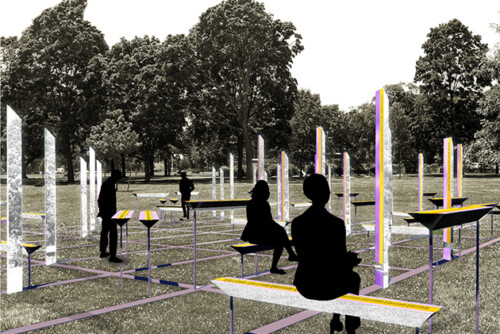The history of African-American dance has its roots in an African and African diasporic culture dating back to the arrival of enslaved Africans who brought with them to the shores of North America, South America, and the Caribbean the religious and ceremonial dances that were integral to the indigenous cultures and communities of the African homeland. Plantation dances such as the ring dance and juba migrated from the plantation to the minstrel stage and later to the Broadway musical revue in the late nineteenth and early twentieth centuries. From the introduction of the cakewalk in the 1890s to such popular dances as the Charleston, the black bottom, and the jitterbug in the 1920s and 1930s, black dance in its myriad forms traveled an international circuit from Harlem to Paris and beyond. Black musicals, including the popular Shuffle Along, Runnin’ Wild, and Chocolate Dandies, provided showcases for black dance talent during this period.
Dance critic and historian James Haskins notes that during the early twentieth century, there were no recognized black choreographers or dance “stars” in the United States, though he contends that “the best black dancers were well known among blacks and among white dancers, but not to the general public. The dances themselves were the stars” (Haskins, 53). Haskins further notes that many whites were disposed to believe that blacks could not perform classical European dances. Typical of this attitude was the comment made in 1933 by New York Times dance critic, John Martin, who wrote, “Negroes cannot be expected to do dances designed for another race” (Haskins, 81). The conventional (white) wisdom, then, was that blacks were natural-born dancers who required no training and that any attempt to train them would lead to inauthentic dancing—or a loss of originality and spontaneity (Haskins, 82). Arguably, however, it is the politics and practices of exclusion that would seem both to limit and free the creativity of the black dancer. Nevertheless, such racist and essentialist assumptions not only erase the practice and apprenticeship that inevitably underpin the achievement of black dancers (and this notwithstanding Baker’s own naturalization of her dance performance), but they also fail to consider the ways in which dance as a form of cultural expression works materially to produce social identity; in other words, such racial logic ignores how dance becomes constitutive rather than merely reflective of identity.
In the common parlance of the 1920s, Baker might also have been described as an eccentric dancer, which is to say that her movements were more improvised than formalized. In other words, her performances were “off-center” (i.e., eccentric”) in the sense that they were fundamentally non-reiterative. Today, her performance would most likely be labeled “free style” or “ad-lib.” Central to Baker’s dance performances are the principles of mimicry, syncretism, and improvisation, all compositional strategies marked by the interpolation of non-scripted improvisation into the pre-scripted vocabulary of black social and vernacular dance. The grammar and syntax of Baker’s dance performances are thus governed by her soloist improvisations on black American social and vernacular dance, not infrequently combined with elements of contemporary French music hall performance, in addition to traditional African and African-derived social dance (Baker learned to dance the popular 1930’s beguine in the Martiniquan Pavilion at the 1931 Colonial Exposition). It is precisely for this reason that Baker can be understood as a diasporic dancer whose stage performances represent a creolization or hybridization of cultural performance in the context of a triangulated, transatlantic economy of cultural exchange. (And, importantly, I use the term “creolization” advisedly to refer to dance forms external to the West that became naturalized or acculturated through their importation into a new environment.)
In Europe, Baker instituted a form and style of dancing based on the “performance of quotation” (Firth, 17) in which she appropriated and recombined diverse social dance grammars and vocabularies. In this way, aesthetic pleasure as well as cultural and economic capital were generated by juxtaposing and intermingling diverse dance articulations in circumstances that were novel and far removed from their original geographical and cultural locations, thus reinforcing the idea that culture is always migratory and subject to transformation. As a diasporic dancer, Baker’s performances combine popular, ritual, and social dance with individual improvisation—in a polyglot and creolized style that I term idiosyncratic, my neologism for designating Baker’s idiosyncratic syncretism combining multiple and diverse popular dance forms.



